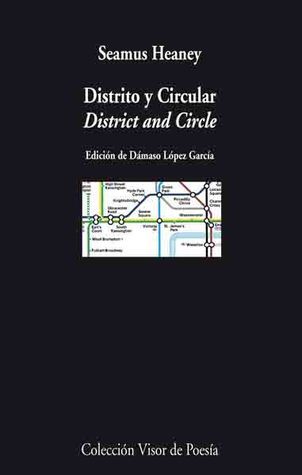What do you think?
Rate this book


192 pages, Paperback
First published April 6, 2006
“The Lagans Road ran for about three quarters of a mile across an area of wetlands. It was one of those narrow country roads with weeds in the middle, grass verges and high hedges on either side, and all around it marsh and rushes and little shrubs and birch trees. For a minute or two every day, therefore, you were in the wilderness, but on the first morning I went to school it was as if the queen of elfland was leading me away. The McNicholls were neighbours and Philomena McNicholl had been put in charge of me during those first days. Ginger hair, freckled face, green gymfrock—a fey, if ever there was one. I remember my first sight of the school, a couple of low-set Nissen huts raising their corrugated backs above the hedges. From about a quarter of a mile away I could see youngsters running about in the road in front of the buildings and hear shouting in the playground. Years later, when I read an account of how the Indians of the Pacific Northwest foresaw their arrival in the land of the dead—coming along a forest path where other travellers’ cast-offs lay scattered on the bushes, hearing voices laughing and calling, knowing there was a life in the clearing up ahead that would be familiar, but feeling at the same time lost and homesick—it struck me I had already experienced that kind of arrival. Next thing in the porch I was faced with rows of coathooks nailed up at different heights along the wall, so that everyone in the different classes could reach them, everyone had a place to hang overcoat or scarf and proceed to the strange room, where our names were new in the rollbook and would soon be called.”